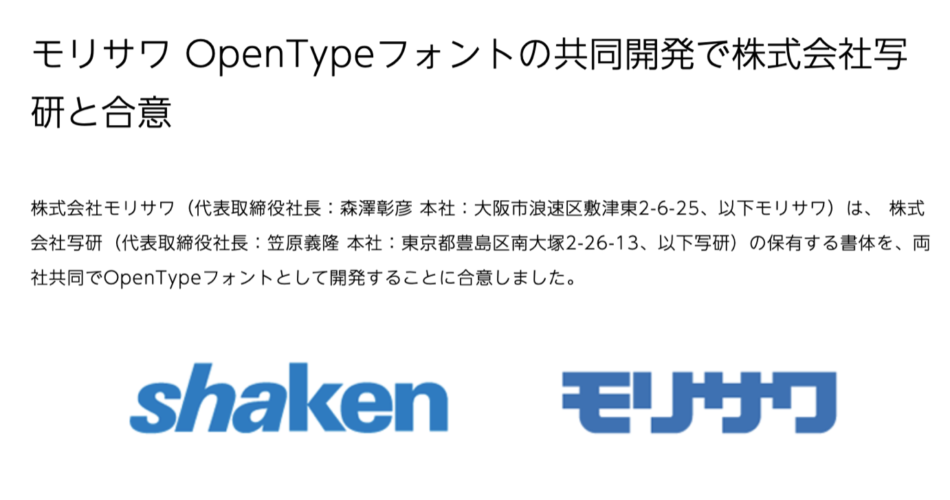In the ever-evolving world of typography, where the written word transcends mere communication and becomes art, Morisawa stands as an iconic name in the realm of digital type foundries. With a history spanning over 90 years, this Japanese company has continuously pushed the boundaries of design and technology to create fonts that are not just functional but also aesthetically captivating. In this article, we will delve into the fascinating process of how Morisawa, the leading digital type foundry in Japan, meticulously crafts their fonts.
Contents
A Legacy of Innovation
Founded in 1924 by Katsumi Morisawa, Morisawa has been a pioneer in the world of typography since its inception. They have consistently adapted to emerging technologies, transitioning from manual typesetting to phototypesetting and ultimately embracing the digital age. This commitment to innovation has allowed Morisawa to remain at the forefront of font design, earning them global recognition and a loyal customer base.
Conceptualization and Design
Every Morisawa font begins with a clear vision and creative inspiration. The process often starts with a concept, theme, or a specific target audience in mind. The design team meticulously researches historical references, cultural nuances, and contemporary design trends to inform their creative direction.
Sketching and Letterform Development
With the concept in mind, the designers move on to the labor-intensive task of sketching letterforms by hand. This stage is where the fonts’ distinctive personality and character take shape. Each stroke, curve, and serif is carefully considered, with the aim of achieving a harmonious balance between aesthetics and readability.
Digitalization and Vectorization
Once the initial sketches are perfected, the designs are digitized using specialized software. This transformation from analog to digital is a critical step, as it allows for precise control over every aspect of the font’s design. Morisawa’s team utilizes vector graphics to ensure scalability and maintain the integrity of the characters across different sizes and resolutions.
Extensive Testing and Refinement
Morisawa takes font quality seriously, subjecting their creations to rigorous testing to ensure they perform flawlessly in various contexts. This includes assessing legibility, kerning (spacing between characters), and overall readability. Any issues or imperfections are meticulously addressed and refined.
Multilingual Support
In an increasingly globalized world, Morisawa’s fonts often need to support multiple languages. This involves designing characters for various writing systems, including Latin, Cyrillic, Greek, Japanese Kanji, and more. The process of harmoniously integrating these diverse scripts into a single font requires both technical expertise and artistic finesse.
OpenType Features and Script Development
Morisawa fonts often include advanced OpenType features such as ligatures, swashes, and alternate characters. These features enhance the typographic experience by providing designers with a wider range of creative possibilities. Crafting these features and ensuring their seamless integration into the font requires meticulous script development.
Quality Assurance and Optimization
Before a Morisawa font is ready for release, it undergoes extensive quality assurance testing. This involves comprehensive font validation to ensure that it functions correctly across different platforms and applications. Additionally, font files are optimized to minimize file size while maximizing performance.
Conclusion
Morisawa’s journey in creating fonts is a testament to their unwavering commitment to the art and science of typography. Their fonts, which seamlessly blend form and function, have graced countless publications, advertisements, and digital platforms, enriching the visual landscape of the written word. As we look ahead to the future of typography, Morisawa remains a shining example of how tradition and innovation can coexist, resulting in fonts that inspire and captivate audiences around the world.
